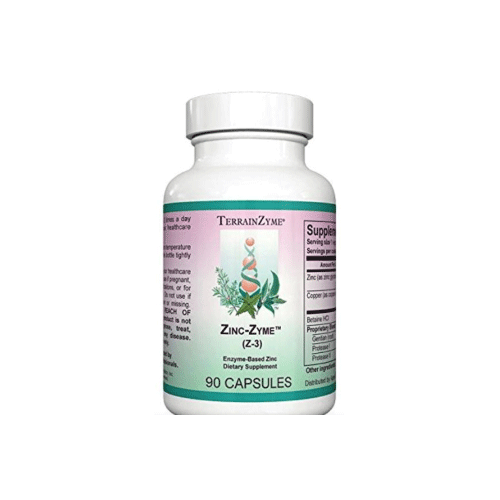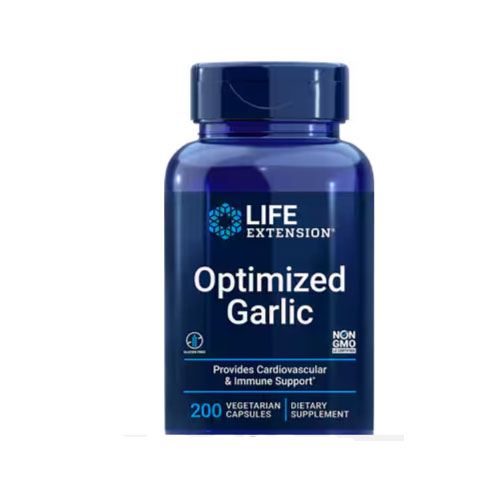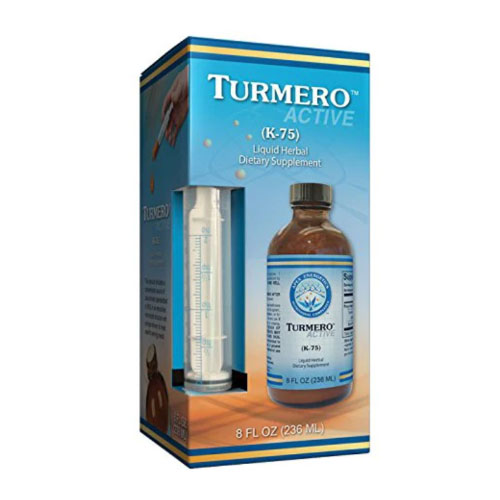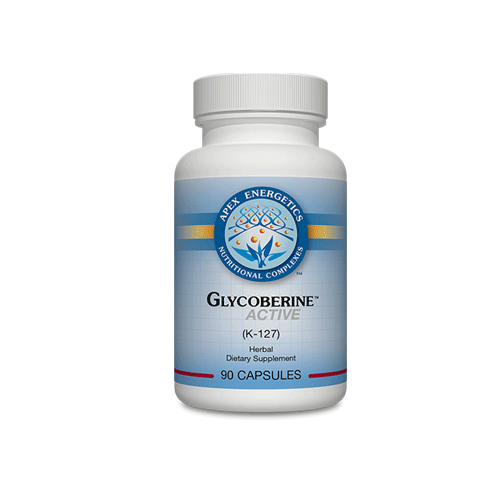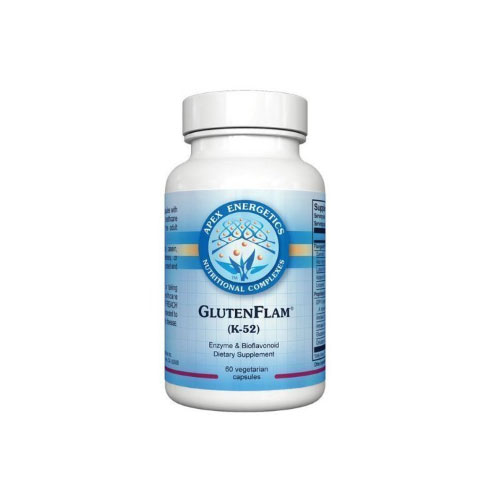After medical school and residency, much of what passes for continuing medical education to physicians in the field is presented by bright young representatives of the large pharmaceutical companies. Armed with lunches and, in the old days, circa 1982, trips to Florida, Hawaii and the like, pharmaceutical representatives were not so exactly educational contacts, but rather providers of propaganda and infomercials.
One such person presented to my Wilkes Barre, PA. office in the fall of 1995. Bright and cheery, she showcased a newly formulated, long-acting opioid for the relief of cancer and chronic, debilitating pain. Armed with flashy charts and slick promotional items, she confidently stated that there was no upper limit to the number of opioids one could prescribe and, to drive home the point, she used language, surely taught to her in “training” sessions, meant as a threat to every physician on her call list.
“It is malpractice to allow a patient to remain in pain,” she said.
The magic word in doctor land is “malpractice.”
Moreover, thus began the opioid epidemic. Local, state and federal government official and health experts fomented the opioid crisis. A mandate went out to every physician in the country. State medical boards across the country, using their dictatorial powers, “coincidentally” stated that to retain licensure “proper pain management” would be studied by all physicians. The bottom line: the sky is no limit to the amount of opioid prescribed as long as the patient complained of pain.
We, physicians, were assured there was no addiction potential for a patient truly in pain. Pain was designated the “fifth vital sign,” along with blood pressure, pulse, respiratory rate, and temperature. In 2000, the Joint Commission, an organization that accredits health care organizations, required health care organizations to prove that they were assessing and treating pain.
From 1999 to 2015, more than 183,000 people died in the U.S. from overdoses related to prescription opioids.
So, true to form, after (mostly) creating the problem, the powers that be turned to “correct” the problem, and they mostly created and decreed opioids as public enemy number one. (I am not saying opioids are not an enemy. The point: the same public health geniuses who told us cholesterol was bad – ushering in diabetes and obesity epidemic of the 1990s – and that iodine was a poison – leading directly to the hypothyroid autoimmune crises of the early 50s – were at it again.)
Now, listening to the politicians and pontificators on television, every patient on an opioid is an addict and every prescription written is a criminal act. Every year, state medical boards across the country mandate certain, usually politically correct, education requirements, to maintain licensure. 2016’s (re)education camp was about the dangers of highly addictive narcotics. When confronted about what to do with addicted patients, the usual answer from these armchair “experts” writing their rules for society from their ivory towers? Shrug their shoulders.
Alternative Pain Relievers
What to do? Somewhere in the world, there has to be a substance or combination of substances nearly as potent as morphine without the addictive and central nervous system depressing effects.
From the Indian Ayurvedic tradition, turmeric, or curcumin, interrupts multiple cell signaling pathways and, when combined with Bioperine, black pepper, powerfully inhibits the inflammatory chemicals responsible for deeply seated arthritis and neuropathic pain.
Intravenous curcumin acts centrally and on the same pathways as opioids. The same antagonists for opioids, naloxone, and naltrexone, block the effects of curcumin.
Curcumin inhibits morphine’s reward-facilitating effect and attenuates morphine’s tolerance and dependence effects. It is a viable adjunct for those on long-term opioid treatment to stop addiction. Long-term use of morphine can damage brain cells and cause oxidative stress. Curcumin protects brain cells from oxidative stress and apoptosis (cell death) damage.
Curcumin exhibits protection against leukemia, lymphoma, gastrointestinal diseases, genitourinary cancer, ovarian cancer, head and neck squamous cell carcinoma, lung cancer, melanoma, neurological cancers, and sarcoma.
Intravenous curcumin is effective against a variety of inflammatory diseases including chronic pain, cancer, cardiovascular disease, arthritis, Crohn’s disease, ulcerative colitis, irritable bowel disease, peptic ulcer, gastric ulcer, gastric inflammation, vitiligo, psoriasis, acute coronary syndrome, atherosclerosis, diabetes, diabetic nephropathy, diabetic microangiopathy, lupus nephritis, renal conditions, cholecystitis, hepatic conditions, chronic arsenic exposure, alcohol intoxication and chronic bacterial prostatitis.
Side effects of curcumin include nausea and vomiting, usually relieved with fiber or psyllium, dizziness, a transient euphoria or high lasting 2-4 hours, a temporary sensation of heat in the hands, feet, and chest, skin rash (reversed with IV hydration) and allergic reactions.
Contraindications include known gallbladder disease, thought to be the etiology of nausea and vomiting associated (rarely) with curcumin, those with bleeding disorders or on blood thinners, and any allergy to turmeric or curcumin.
Intravenous curcumin requires a 2 hour minimum for a 500-milliliter solution. Rapid infusion may lead to vasodilation and a drop in blood pressure. A test dose is mandatory. Tragically, a 30-year-old woman passed due to anaphylactic shock in March 2017 from intravenous curcumin. (Tragic as this was, it pales in comparison to the greater than 15,000 yearly deaths due to opioid addiction.) Her reaction to the infusion was almost instantaneous. The first treatment for anyone is no more than 1 mg/kg of body weight.
No other medications, vitamins, minerals, herbs or other additives should be mixed with curcumin.
In summary:
- Intravenous curcumin acts in the same manner as opioid narcotics to inhibit pain.
- Intravenous curcumin reduces dependence on opioid painkillers. Patients are relieved at lower and lower doses of narcotics and many can discontinue them completely.
- Intravenous curcumin reverses opioid-induced damage to brain cells.
- Intravenous curcumin possesses anti-neoplastic properties, protecting the body against a wide variety of neoplasms and inflammatory diseases.
- Psyllium 5-10 grams or Cholestyramine 2-4 grams are given the night before and after treatment to reduce GI side effects.
- Contraindications include gallbladder disease, bleeding disorders, those on anticoagulants and allergy to curcumin or its ingredients.
- A test dose, 1 mg/kg, is mandatory for all patients.
For more information, call the Clearfield Medical Clinic.

